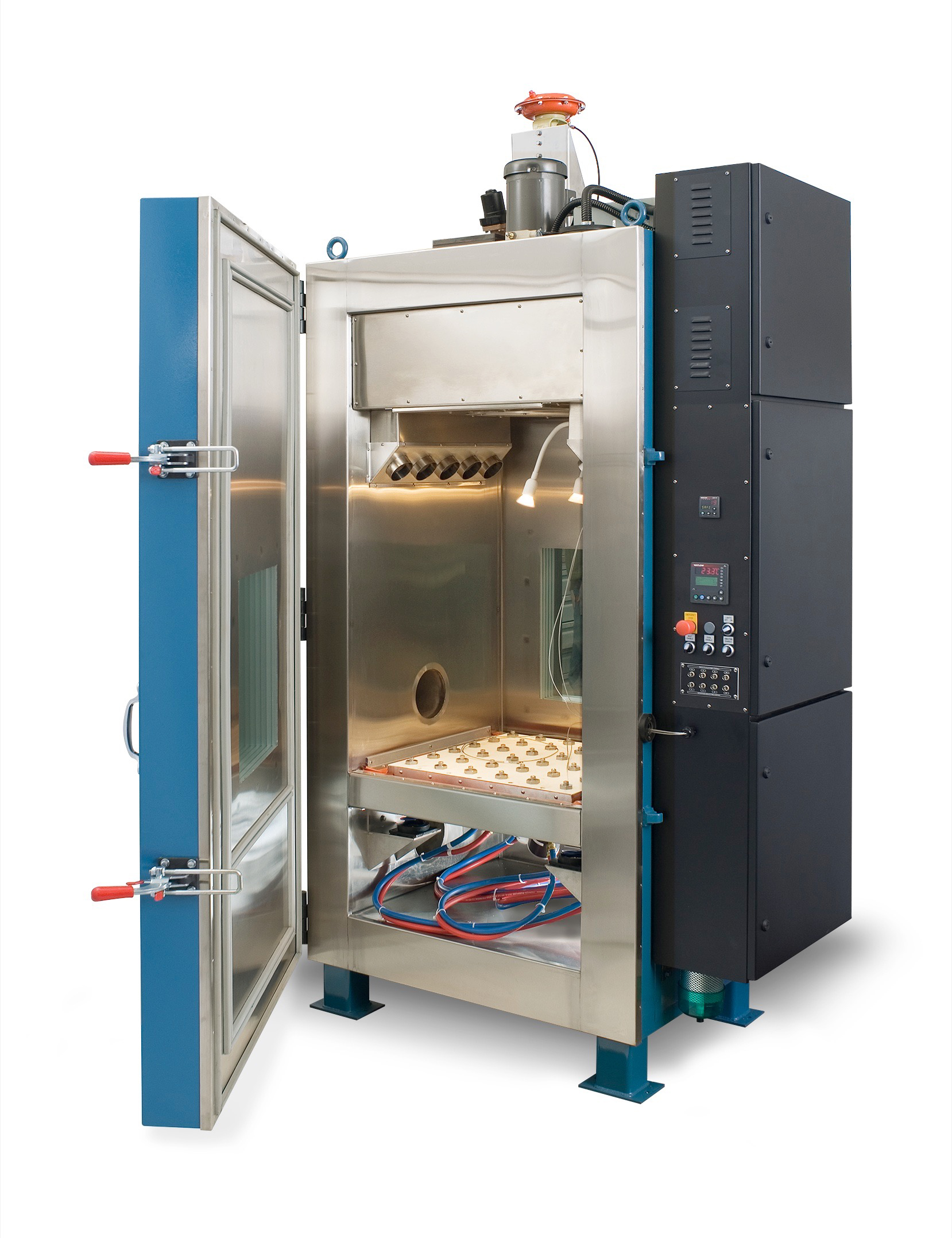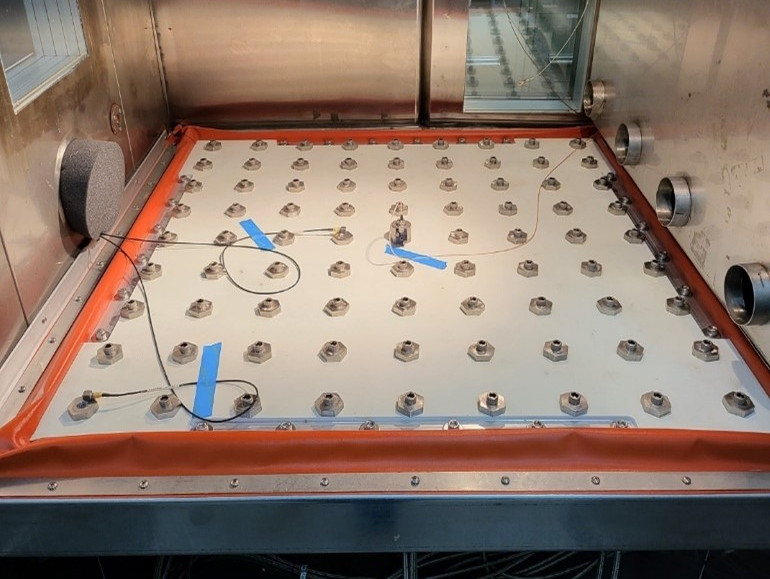What is HALT?
August 21, 2023
HALT Vibration Testing
Back to: HALT Vibration Testing & FDS
Engineers run tests throughout product design and development to identify and correct failures. Their goal is to determine the product’s operating and destruct limits and minimize instances of reaching them. Highly accelerated life testing (HALT) is a test method engineers use at this stage to identify product failures.
HALT is an accelerated test performed in a specialized chamber. It quickly reveals operating limits and potential failure modes by subjecting prototypes to high stress loads. HALT is not a pass/fail or qualification test but helps the engineer to understand and improve their product design.
Step-stress Tests
Typically, HALT employs a step-stress approach. The chamber applies accelerated stresses to the prototypes in a non-uniform manner, incrementally increasing/decreasing the stress levels and sustaining them for a uniform time between each step. The test may combine stresses such as temperature, humidity, and vibration simultaneously or back-to-back.
As HALT is an accelerated test type, it typically employs levels that exceed what engineers expect in the operational environment. Fatigue accumulation is the goal, and the amplified stresses allow the engineer to reach fatigue as quickly as possible. As such, HALT is not equivalent to a product’s operational environment but provides a baseline for development.
Vibration Stress Step Tests
For some products, the vibration step stresses are the most damaging HALT test. Pneumatic hammers positioned at varying angles underneath the HALT table apply the input vibration. The hammers operate at frequencies that correlate to their speed and intensity of impact. The engineer can adjust the intensity by increasing or decreasing the pneumatic air pressure.
The hammers generate repetitive excitations at a controlled intensity in the six degrees of freedom, in that there is some cross-axis motion. The resulting table vibration is random-like, but the chamber’s repeated burst stimulation leads to higher kurtosis values than a traditional electrodynamic shaker random vibration test. Standard shaker vibration testing typically encompasses frequencies from 5Hz to 4kHz, depending on shaker size. HALT excites frequencies to about 10kHz and generates failures not typical of shaker tests.
HALT uses these repetitive shocks to excite high peak levels to achieve the goal of accumulating fatigue. Thus, HALT machines may be called repetitive shock machines. As will be discussed, the HALT repetitive shock method of generating excitation leads to questions about the validity and precision of its results.
Highly Accelerated Stress Screening (HASS)
HASS is another accelerated test type typically run after manufacturing for verification. The goal is to precipitate latent defects into recognizable failures before the unit proceeds to production or reaches the customer. Often, engineers will set HASS levels based on the failure time of samples during HALT.
Why HALT?
HALT is often preferred in commercial product development because standard shaker tests can be time-consuming, and the frequencies excited by HALT are higher than in typical electrodynamic shaker vibration tests. Engineers can test multiple prototypes on the table simultaneously and reach fatigue damage quicker.
HALT largely functions for comparison and validation. For example, an engineer can test a new design with previous operating levels to compare iterations. HALT applications include:
- Identifying:
- Operating limits
- Failure modes
- Manufacturing flaws
- Combining multiple step stresses
- A/B comparisons
- Product screening
The purpose of HALT is to stimulate fatigue, not simulate real-world activity. If an engineer wants to perform a realistic vibration test, they need to run a random test or other test type on a shaker.
The remaining lessons of this course will discuss the limitations of HALT and present a better option for quantifying the test results.


